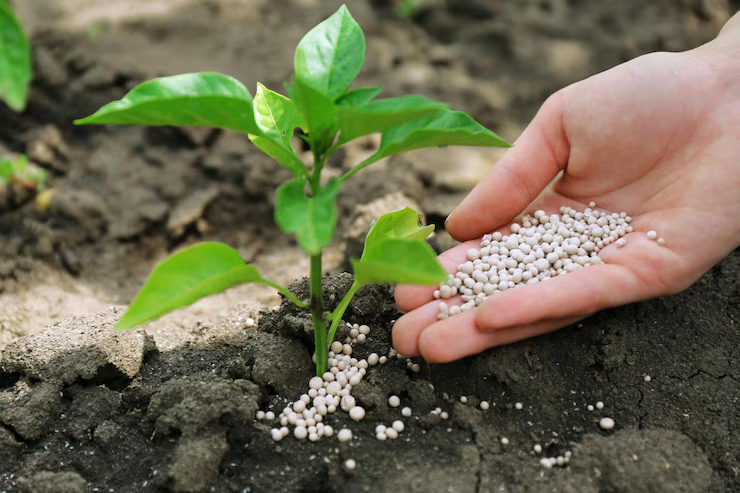Reducing chemical fertilizer usage is becoming an essential goal for farmers, gardeners, and environmentalists alike. Overreliance on synthetic fertilizers can degrade soil health, pollute water sources, and harm beneficial microorganisms. Fortunately, there are sustainable, practical methods to maintain healthy crop yields while minimizing chemical inputs. Whether you’re managing a small garden or a large farm, adopting these strategies can lead to long-term benefits for your soil, crops, and the environment.
The first step in reducing chemical fertilizers is to understand your soil. Conducting a comprehensive soil test will reveal nutrient levels, pH balance, and organic matter content. This information helps you apply nutrients more precisely and avoid over-fertilization. Knowing exactly what your soil needs allows for targeted interventions, which often results in lower fertilizer usage.
One of the most effective ways to improve soil fertility naturally is by incorporating organic compost. Compost is rich in nutrients and beneficial microbes that support plant growth. Regularly adding compost to your soil enhances its structure, boosts moisture retention, and slowly releases nutrients over time. Kitchen scraps, garden waste, and livestock manure can all be used to create compost, making it an affordable and eco-friendly alternative to chemical fertilizers.
Green manure and cover crops such as clover, alfalfa, and rye are also excellent tools for reducing fertilizer use. These plants are grown specifically to enrich the soil between main crop cycles. They fix nitrogen from the atmosphere, prevent erosion, and increase organic matter when tilled back into the soil. Green manures not only improve soil fertility but also suppress weeds and reduce the need for herbicides.
Crop rotation is another smart strategy. Planting different crops in a sequence helps balance nutrient usage, break pest and disease cycles, and reduce the stress on soil nutrients. For example, rotating heavy feeders like maize with nitrogen-fixing legumes like beans or peas can naturally replenish essential nutrients, reducing the need for chemical supplements.
Mulching is a simple but powerful practice that conserves soil moisture, regulates temperature, and slowly releases nutrients as it decomposes. Organic mulches such as straw, grass clippings, and shredded leaves break down over time and improve soil health. Mulching also reduces weed growth, minimizing the need for chemical weed control.
Biofertilizers are another environmentally friendly alternative. These are living organisms—such as bacteria, fungi, and algae—that enhance nutrient availability to plants. Common biofertilizers include Rhizobium, which fixes nitrogen in legumes, and Azospirillum, which benefits cereals and grasses. Applying biofertilizers to seeds, soil, or crops can significantly reduce the need for synthetic nitrogen and phosphorus fertilizers.
Integrating livestock into farming systems can provide a natural source of nutrients through manure. When managed properly, animal manure enriches the soil with essential nutrients and organic matter. It’s important to compost manure before application to reduce pathogens and odor, and to avoid applying it in excess to prevent runoff.
Another key method is precision agriculture, which uses technology like GPS mapping, sensors, and data analysis to apply the right amount of fertilizer only where and when it’s needed. This reduces waste, saves money, and limits environmental damage. While more common in commercial farming, smaller-scale farmers can still use basic tools and record-keeping to optimize input use.
Lastly, educating yourself and your workers on integrated soil fertility management (ISFM) practices can help maintain productivity while reducing chemical dependence. ISFM combines organic inputs, improved crop varieties, and efficient fertilizer use to achieve long-term sustainability.
Reducing chemical fertilizer usage isn’t just good for the planet—it can also improve your soil’s health, reduce input costs, and increase crop resilience. By embracing composting, crop rotation, cover cropping, and precision practices, farmers and gardeners alike can move toward a more sustainable and profitable future. As the demand for organic and eco-friendly produce continues to grow, these practices also open new market opportunities for forward-thinking growers.







